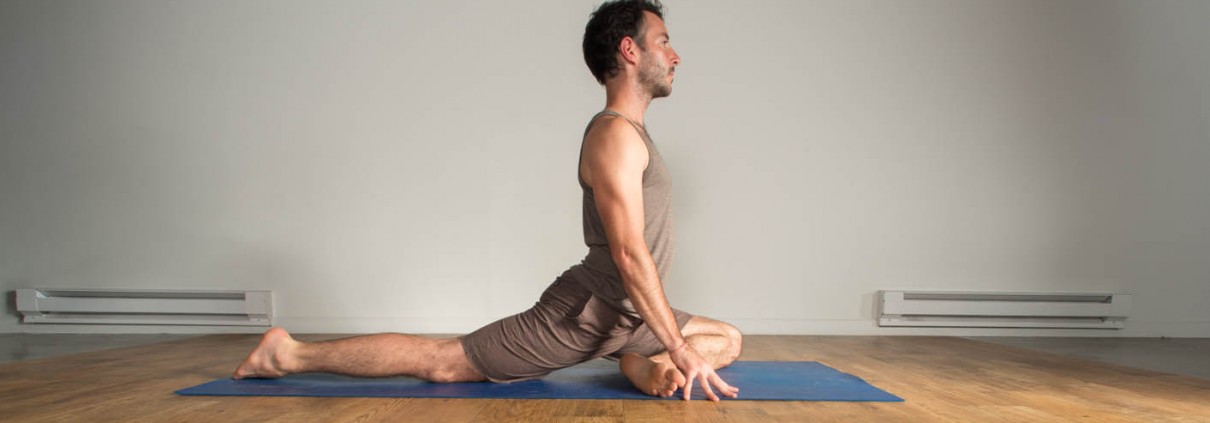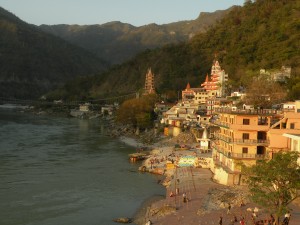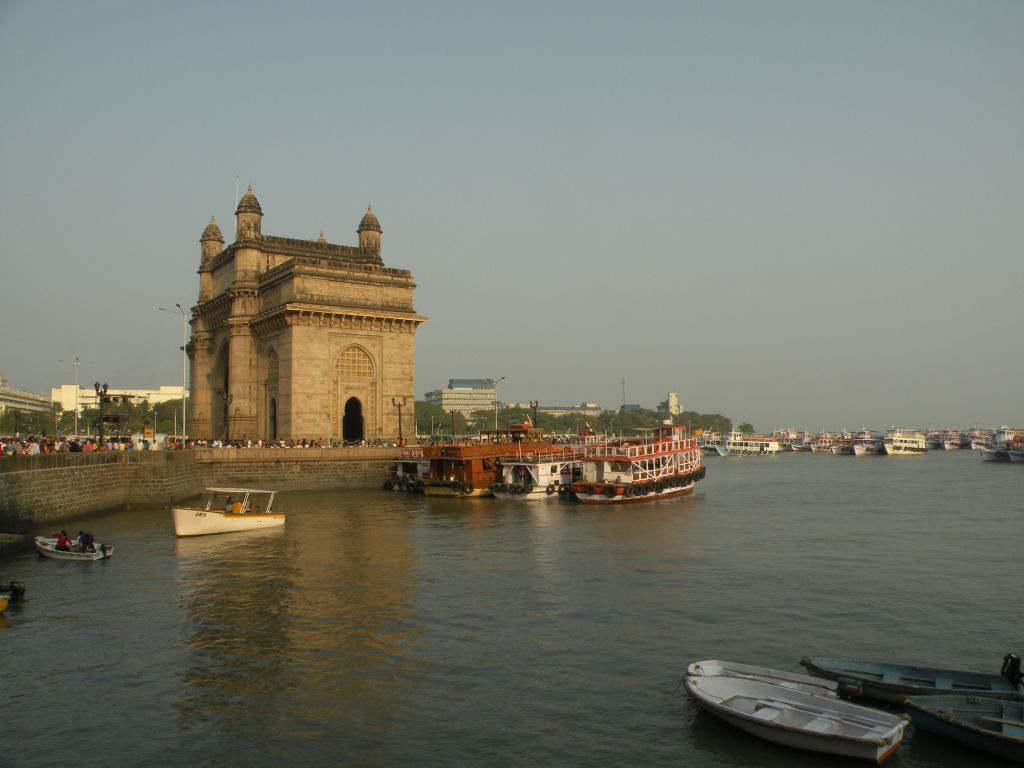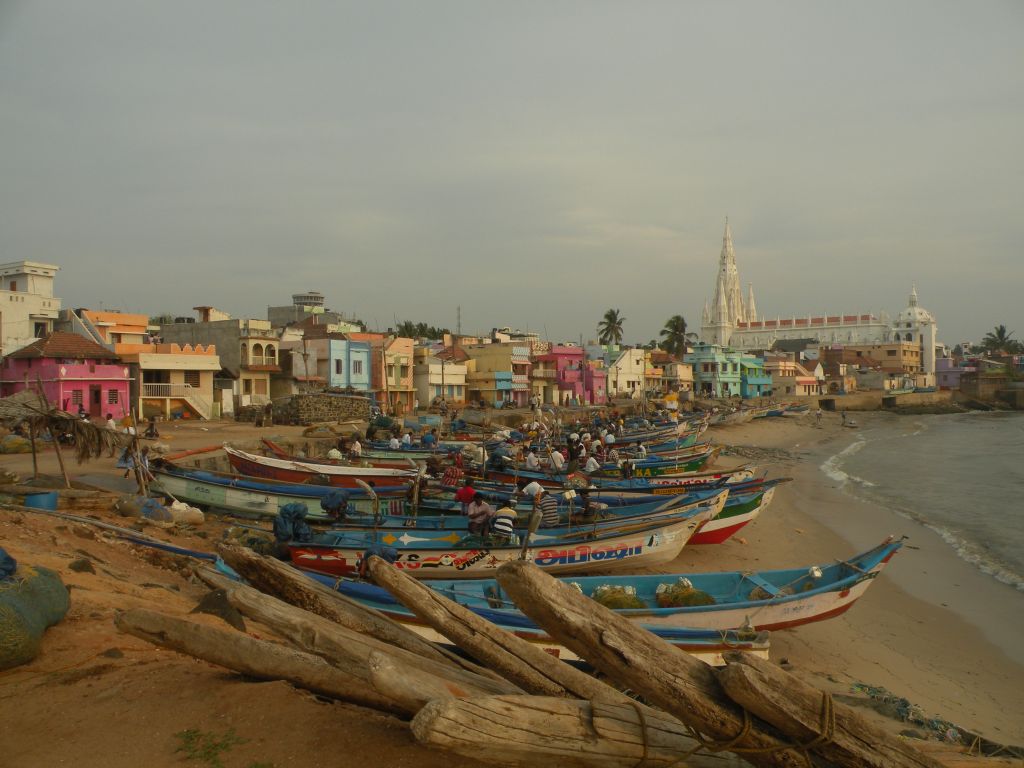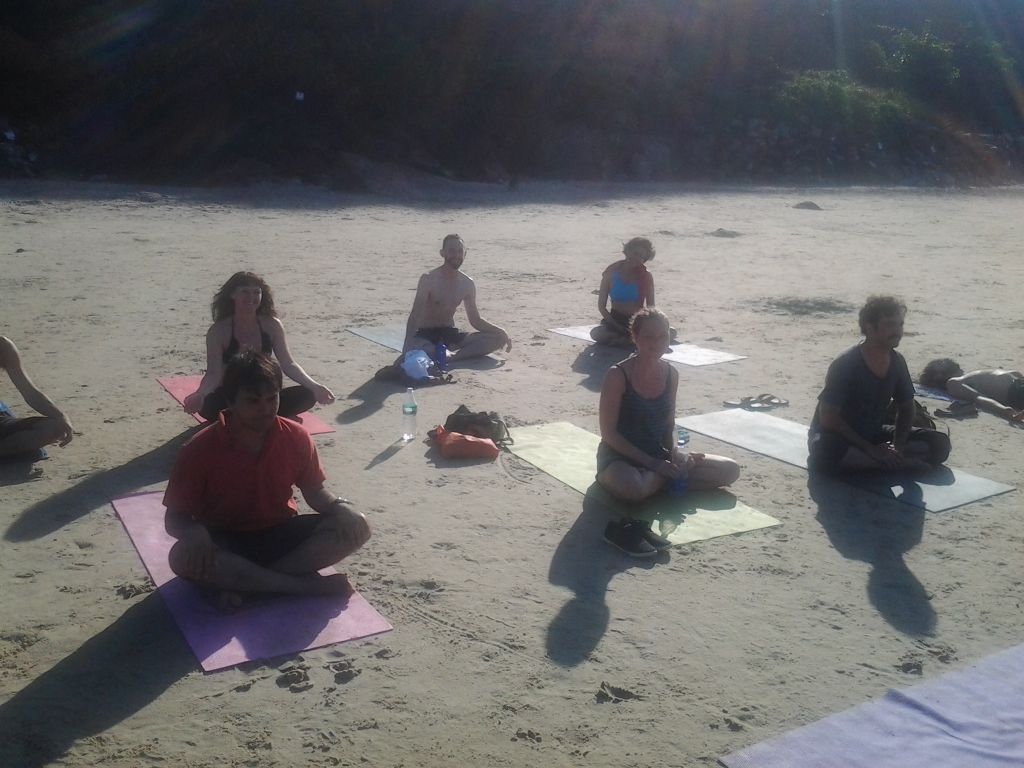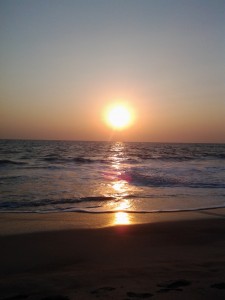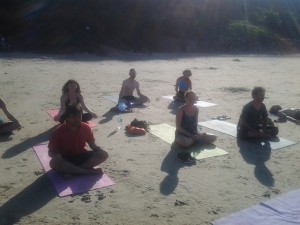Iyengar Yoga/I am not a Yogi
I have a confession to make. I’m not doing yoga how you’re supposed to. I don’t even want to. But I’m going to keep doing it anyway, and even teach.
I just finished a 5-day Iyengar yoga course near Dharamsala. Iyengar yoga was founded by B.K.S. Iyengar, who is basically the biggest yoga all-star in recent history. Definitely top three. This course was taught by Sharat Arora, a student of Iyengar’s, so this is the closest I’ve ever gotten to the source. I should start by saying that I enjoyed the course thoroughly. Sharat is an amazing teacher, full of life and inspiration. In five 3.5-hour sessions, my practice has been fine-tuned, and in some places completely overhauled.
Here’s the deal: Iyengar yoga is focused strongly on proper alignment and balance of the body. It doesn’t care much about strength or flexibility, and all sorts of props (blocks, belts, chairs, bolsters, blankets, etc) are used to make it possible for anyone to get into the best alignment in each pose. The teacher put a lot of emphasis on relaxing into each pose while maintaining alignment in order to release all the tension in the body.
Philosophically, the idea here is that balance in the body creates balance in the mind, and releasing tension in the body slowly eliminates tension in the mind, which is the root of craving and aversion. All this is more compelling and intricate when properly described, and my experience has suggested to me that it’s completely true. The teacher remarked that only this type of balance is “yoga.” All the forms which emphasize strength or flexibility are not real yoga, rather acrobatics or calisthenics. And on the my fundamental level, I have to agree with this as well.
The problem with strength or flexibility yoga, is that the poses continually create more craving to do harder poses, or to go deeper into the ones you know. Most recently for me this has been about handstand and scorpion. I want to be able to stand comfortably on my hands, and I want to be able to touch the back of my head with my feet. This is generally kind of weird, is not sustainable for the whole life, and is definitely not aligned with yogic thinking. Iyengar yoga does a lot better in this regard. There aren’t that many poses, they’re all accessible, and even more so with the props. You don’t have to go deep into the pose to get the benefits. As long as you keep proper alignment, you’ll reduce the tension in your body and become calm, more free from desire.
But I still want to be able to do these harder things. I want to deepen my yoga practice and my poses, to be stronger and more flexible. The more I learn about actual yoga philosophy, the more I realize that this freedom from desire is not really what I’m looking for in my practice. Maybe from meditation, but not from the yoga itself. Instead, I use the poses to balance my life on a larger scale. I plan to keep doing all sorts of things that create imbalance in my body: running, rock climbing, having worldly possessions and desires. To be totally immersed in the yogic life, all these things must be given up. Other physical activities just create tension and desires.
They’re also fun. The occasional frisbee tournament or running race is thrilling. Getting strong for rock climbing allows more rocks to be climbed. Life may not be able climbing more rocks, but I like it. Basically, all these imbalanced activities also create powerful experiences. Experiences broaden the mind, expand horizons and comfort zones, give meaning. A wealth of experience is not necessary for finding enlightenment or “inner peace,” and in fact based on this line of thinking, probably makes those things harder to reach.
These other forms of yoga, however, are wonderful for reducing the tension created by imbalanced experiences, for calming the mind, and for living a more examined life. Some people might be ready to go full steam ahead along the yogic path (not nearly as exciting as it sounds), and this pure form of Iyengar yoga seems to be a real way to do that. But I’m not ready to give up the experiential life, full of ups and downs and all-arounds. The world is big. There are so many good people to meet. For now, for me, yoga will make all those experiences better.

